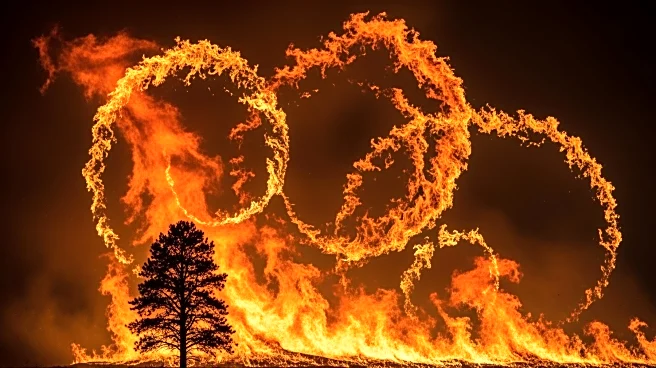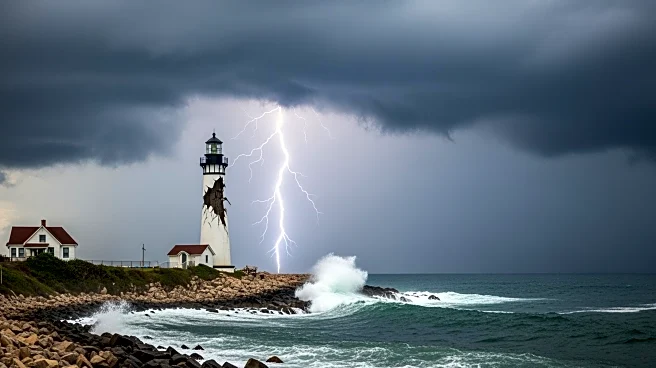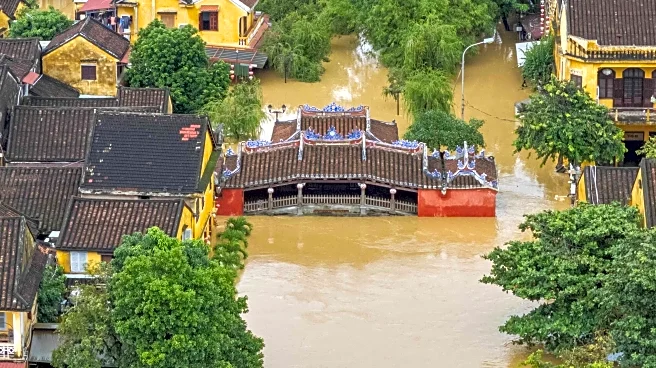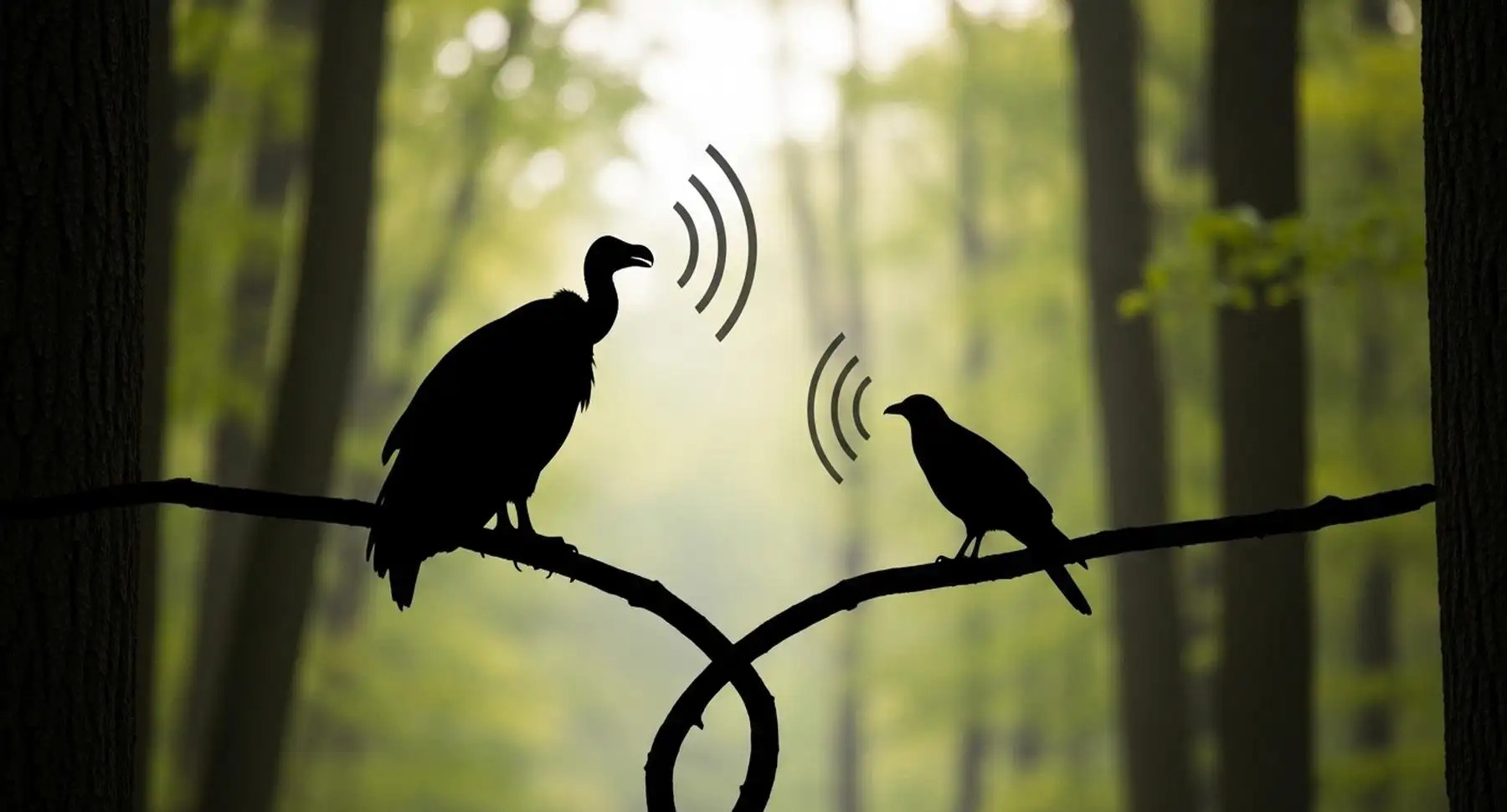What's Happening?
Wildfires are a significant environmental challenge, with both natural and human-induced causes. Natural causes include lightning strikes and volcanic eruptions, while human activities such as unattended
campfires, discarded cigarettes, and arson are major contributors. Climate change exacerbates the conditions for wildfires by increasing temperatures and reducing precipitation, leading to drier vegetation. The interplay of these factors results in more frequent and severe wildfires, impacting ecosystems and human communities.
Why It's Important?
The increasing prevalence of wildfires poses serious risks to public safety, environmental health, and economic stability. Human-induced fires are particularly concerning as they often occur near populated areas, leading to greater destruction and higher firefighting costs. Understanding the causes of wildfires is crucial for developing effective prevention and management strategies. This includes public education on fire safety and the implementation of policies to reduce human ignition sources.
What's Next?
Efforts to mitigate wildfire risks will focus on both prevention and response. This includes enhancing public awareness campaigns, improving land management practices, and investing in firefighting resources. Policymakers may also explore technological solutions, such as early detection systems and fire-resistant infrastructure. As climate change continues to influence fire behavior, long-term strategies to adapt to changing conditions will be essential.
Beyond the Headlines
The cultural and historical context of fire use, particularly by Indigenous communities, offers valuable lessons for sustainable land management. Recognizing the ecological role of fire and integrating traditional knowledge into modern practices can enhance resilience to wildfires. Additionally, the economic impact of wildfires highlights the need for comprehensive risk assessment and insurance solutions to support affected communities.













